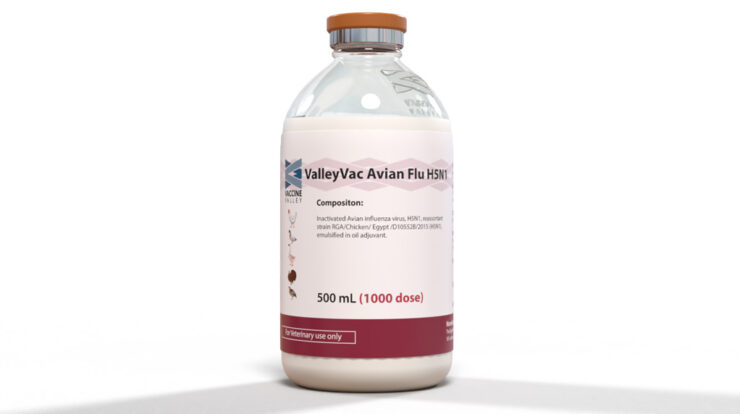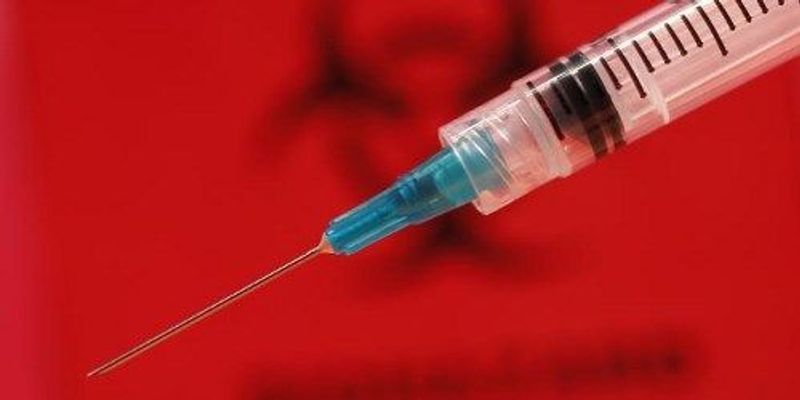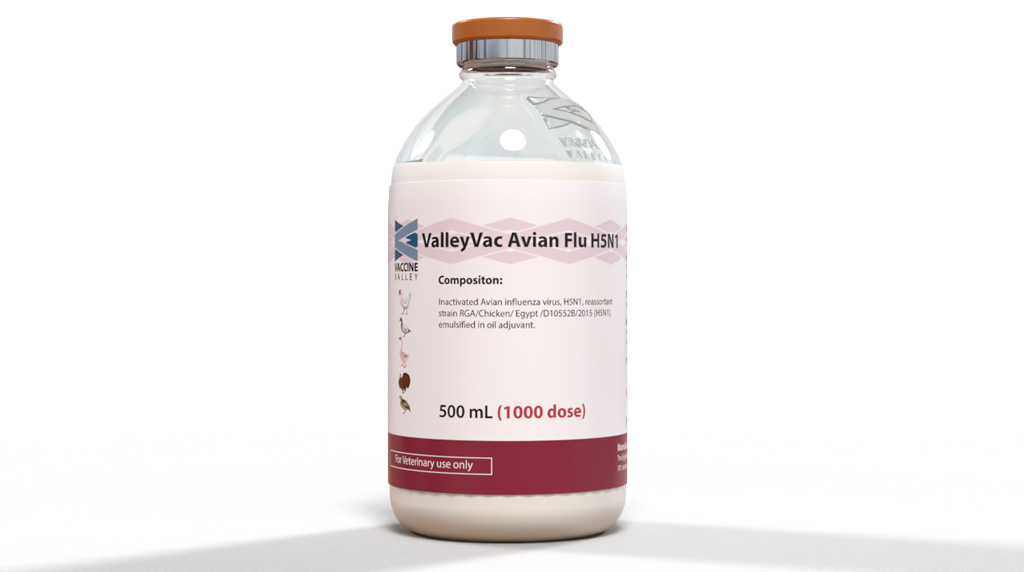
The H5N1 vaccine has emerged as a crucial defense against the highly pathogenic avian influenza virus, offering a beacon of hope in the face of potential pandemics. With its significant impact on public health and global preparedness, this vaccine holds immense promise for safeguarding human lives and mitigating the devastating effects of H5N1 infections.
Since its inception, the H5N1 vaccine has undergone rigorous research and development, resulting in the availability of various formulations tailored to specific populations and regions. Clinical trials have demonstrated its efficacy in preventing severe illness and reducing mortality rates, while ongoing research continues to explore advancements in vaccine technology and strategies.
H5N1 Vaccine Introduction

The H5N1 vaccine is a vital tool in preventing infection and mitigating the impact of the highly pathogenic avian influenza virus, H5N1. Its development has been driven by the recognition of the virus’s potential to cause severe disease and even death in humans.
The history of the H5N1 vaccine dates back to the late 1990s, with the first experimental vaccines being developed in response to outbreaks in poultry. Since then, research and development efforts have focused on improving the efficacy, safety, and accessibility of these vaccines.
Currently, there are several different types of H5N1 vaccines available, including inactivated whole virus vaccines, subunit vaccines, and recombinant vaccines. Each type has its own advantages and disadvantages, and the choice of vaccine depends on factors such as the target population, availability, and cost.
H5N1 Vaccine Efficacy and Safety
Clinical trials have demonstrated the efficacy of H5N1 vaccines in preventing infection and reducing the severity of disease in both humans and animals. However, the level of protection provided by the vaccine can vary depending on factors such as the strain of the virus, the age and immune status of the recipient, and the type of vaccine used.
H5N1 vaccines are generally considered safe, with common side effects being mild and transient, such as pain at the injection site, fever, and muscle aches. However, in rare cases, more serious side effects, such as allergic reactions and Guillain-Barré syndrome, have been reported.
The safety profile of different H5N1 vaccine formulations has been extensively studied, and regulatory authorities have established strict guidelines for the development and use of these vaccines to ensure their safety and effectiveness.
H5N1 Vaccine Production and Distribution
The production of H5N1 vaccines involves complex and specialized processes. The virus is grown in cell cultures, inactivated or attenuated, and then purified and formulated into a vaccine. The manufacturing process is subject to rigorous quality control measures to ensure the safety and potency of the final product.
The global distribution of H5N1 vaccines is coordinated by international organizations, such as the World Health Organization (WHO) and the Food and Agriculture Organization (FAO). These organizations work with governments and manufacturers to ensure that vaccines are available in areas where they are needed most.
The accessibility and affordability of H5N1 vaccines can vary depending on factors such as the country’s healthcare system, the availability of funding, and the capacity of local manufacturers.
H5N1 Vaccine Recommendations and Guidelines
The recommendations for H5N1 vaccination vary depending on the risk of exposure and the target population. Healthcare workers, poultry workers, and people who live in areas where H5N1 outbreaks are common are typically recommended to receive the vaccine.
Healthcare providers play a crucial role in promoting and administering H5N1 vaccines. They provide information about the vaccine’s benefits and risks, assess the eligibility of patients, and administer the vaccine safely and effectively.
National and international health organizations issue guidelines for H5N1 vaccination, including recommendations for the target population, dosage, and schedule.
H5N1 Vaccine Research and Development
Ongoing research and development efforts are focused on improving the efficacy, safety, and accessibility of H5N1 vaccines. Researchers are exploring new vaccine technologies, such as mRNA vaccines and universal vaccines that provide protection against a broader range of influenza strains.
The development of more effective and accessible H5N1 vaccines is essential for pandemic preparedness and for reducing the global burden of influenza.
Challenges in H5N1 vaccine research and development include the genetic diversity of the virus, the need for rapid vaccine development in the event of an outbreak, and the need to ensure the safety and effectiveness of new vaccine technologies.
Ultimate Conclusion

As we navigate the ever-evolving landscape of infectious diseases, the H5N1 vaccine stands as a testament to scientific ingenuity and the unwavering pursuit of global health security. Its role in pandemic preparedness cannot be overstated, providing a vital tool for protecting individuals, communities, and nations from the devastating consequences of H5N1 outbreaks.







